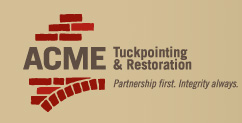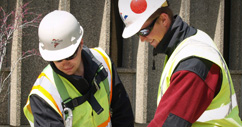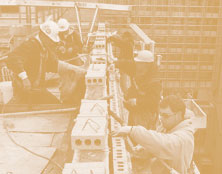masonry info > how to inspect your building
How to inspect your building
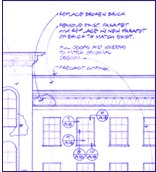
Deteriorated brick or block
Look primarily for damage caused from cycles of freezing/thawing, which is called spalling (the deterioration of masonry surfaces) and found in older structures, parapets, freestanding and retaining walls. Isolated spalling at lintels or shelf angles is extremely important to inspect since it may indicate a more serious problem.
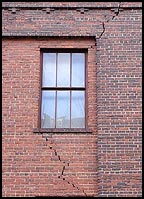
Cracked masonry
One of the principal causes of cracking in masonry walls is “differential movement.” This is the failure of a wall to accommodate this movement over large areas of brick or block, which can cause vertical cracks.
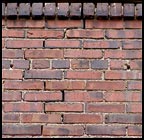
Deteriorated mortar
Slight surface scaling of old mortar is not uncommon and not objectionable, provided it does not occur too deeply. Check the mortar for cracks, crumbling, erosion more than 1/4" back from the original depth, or missing portions.
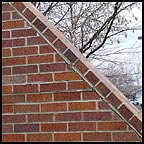
Extensive loss of bond between brick and mortar
Normally recognized by a slight opening similar to a crack, this defect can be caused by hard, low-suction brick and high-cement content mortars or by the improper tooling of the mortar during the original construction.

Exterior masonry moving away from structure
This condition is created by roof slabs and exposed columns, which cause an inadequate lateral support of masonry structures, coupled with masonry growth and frame movement, particularly roof slabs and exposed columns. It is most common in masonry panels where the backup is not tied into adjacent columns.
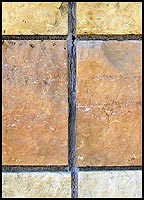
Sealant failure
Good sealants can expand and contract up to 200 percent in a laboratory before bond or internal failure occurs. Exposure to ultra-violet light from the sun (particularly on south and west building elevations) can accelerate the deterioration of sealants. Joints that are improperly prepared will also hasten this weakening. Cracks, tears, compression, and bond separation will occur around windows and doors, in addition to expansion and control joints.
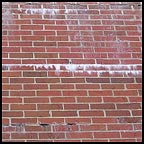
Efflorescence
This is the white film on the face of masonry, which results from excessive moisture or rainwater being absorbed into walls. As the moisture evaporates the salts within the masonry are deposited on the wall face. While unsightly, it is not generally harmful to the masonry. However, it is a condition that should be corrected.
Building inspection checklist
Wondering what you need to do to inspect your building? Download a Building Inspection Checklist to use as a guide:
